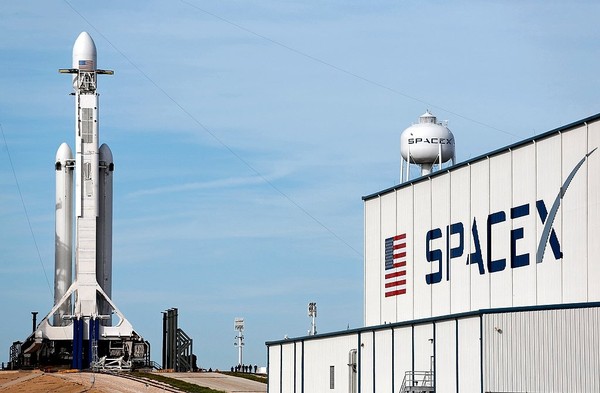
Actualités

Making rockets land was technologically impossible when the NASA missions began in 1979. Space-X made it possible since the tests started in 2013. This technological advance represents a real leap in space research.


The Interest of Rocket Landing
Have you ever wondered where rocket boosters go while watching a space shuttle taking off? Actually, the technique used for all NASA missions since 1979 consisted of letting the boosters fall in the sea once they pushed the vehicle beyond the bounds of gravity. According to many scientists, the reusability of these boosters has become a priority. Indeed, solid boosters currently used in the space industry are heavily criticized since they become expensive for each launch and not safe enough (e.g: the absence of warning preventing an accident). Landing into water is an issue that deserves our complete attention as this type of landing only enables the recovery of a very small part of the booster components. The recovery cost is much higher than the construction of a new engine. The question to ask today is: would you expect in the future either a waterproof rocket or a landing shuttle?
The way Space-X manages to land and reuse its rockets is quite the mechanical engineering feat, but we can still try to explain it in a simple way. This is how it works:




If everything goes as planned, stage 1 should safely land and be retrieved. This may sound simple, but Space-X made history with its first succeeded landing.
It is indeed a huge feat what Space-X has achieved in the space travel world, making it one of the most important rocket companies in the world and hired by the likes of NASA and other nations. But success doesn’t stop Elon Musk from having fun. After sending a Tesla car into orbit as a cargo for one of his rockets, the Billionaire and CEO of Space-X declared that his next goal is to land a rocket on a bouncy house with a huge party balloon. Without a doubt, there’s a lot more to expect from Musk who’s earned the name “real life Tony Stark”.